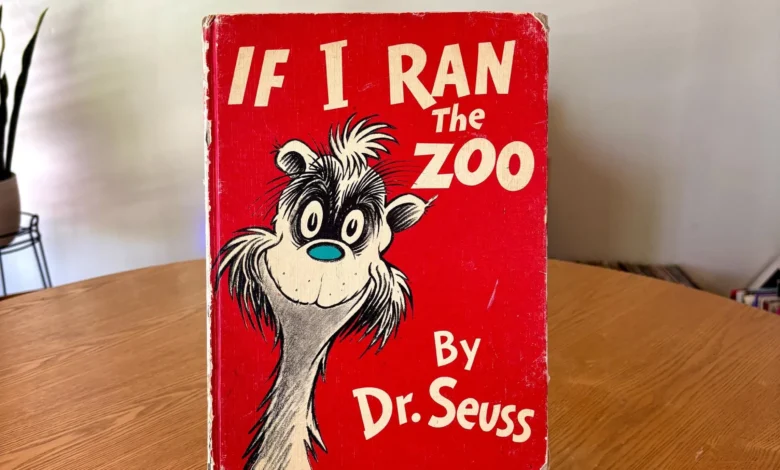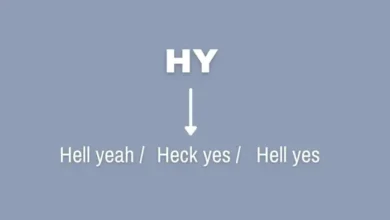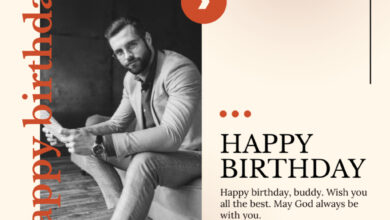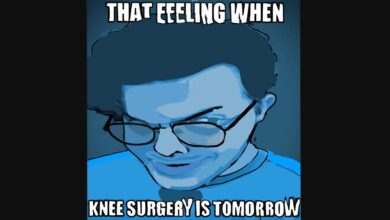If I Ran the Zoo: A Deeper Look at Imagination, Creativity, and Cultural Conversation

Introduction: The Curious Case of “If I Ran the Zoo”
Dr. Seuss has always been known as a master of whimsy, wit, and childlike imagination. Among his many books, If I Ran the Zoo stands out—not only for its wild flights of fancy but also for its place in cultural conversations today. Published in 1950, this children’s book was celebrated for its playful rhymes and quirky creatures that stretched the limits of a child’s imagination. Yet, in recent years, it has also become a subject of debate regarding representation, sensitivity, and how older works of art should be interpreted in a modern context.
What makes If I Ran the Zoo so fascinating is that it operates on multiple levels. On the surface, it’s a delightful book where a young boy named Gerald McGrew dreams up fantastical creatures to populate his own zoo. But beneath the rhyme and rhythm, the book becomes a case study in how literature—especially children’s literature—both reflects and shapes culture. The question isn’t just about running a zoo. It’s about running the boundaries of imagination, values, and the way society evolves.
To truly appreciate If I Ran the Zoo, we have to do more than revisit its colorful pages. We must understand it as a product of its time, a work of art born in the mid-20th century, and a mirror to the discussions of creativity and inclusivity we are having today.
The Genius of Seuss: Imagination Without Restraint

When Dr. Seuss wrote If I Ran the Zoo, he tapped into something that children inherently love—the thrill of imagining a world without rules. Gerald McGrew doesn’t want an ordinary zoo with lions, tigers, and bears. He dreams of creating a place filled with animals no one has ever seen, some with impossible features and others that combine elements of reality with sheer nonsense. It’s this unfiltered creativity that makes the book a classic piece of whimsical literature.
Children often use play to push boundaries, to invent things that make adults pause and wonder, “Where did that idea even come from?” Seuss brilliantly captures that energy. Gerald McGrew becomes not just a character but a stand-in for every child who’s ever thought, What if the world looked completely different? The zoo becomes a metaphor for freedom—the freedom to design, imagine, and control one’s own environment.
This kind of creativity is what continues to make Seuss relevant. In a world where children are often guided by structured curriculums, Seuss reminds us that creativity thrives in chaos. If I Ran the Zoo is a declaration that imagination has no ceiling, no fence, no cage. Just as McGrew imagines tearing down the walls of ordinary zoos, Seuss invites children to tear down the walls of limited thinking.
The brilliance of Seuss, however, lies not just in letting the imagination run wild but in shaping it with rhythm, rhyme, and playful language. It’s this artistry that transforms fanciful nonsense into something that sticks in memory—something parents can read aloud and children can chant along with for generations.
A Book of Its Time: Cultural Snapshots in Literature
While If I Ran the Zoo dazzles with imagination, it also reflects the cultural attitudes of its era. Written in 1950, the book includes certain characterizations and imagery that, by today’s standards, are considered insensitive and outdated. Illustrations of people from different parts of the world—drawn in caricature-like styles—reflect stereotypes that were once commonplace in American media but are now widely criticized.
This brings us to an important reality: books are products of their time. They carry within them not only the creativity of their authors but also the biases, blind spots, and cultural assumptions of their societies. If I Ran the Zoo is not unique in this respect. Many works of mid-20th-century children’s literature contain similar portrayals, whether in illustrations or language. What makes it stand out, however, is that Seuss has since become a household name whose works continue to influence children.
The decision by Dr. Seuss Enterprises in 2021 to stop publishing If I Ran the Zoo and a few other titles was not made lightly. It reflected a larger conversation about what kinds of stories we pass down to future generations. Do we preserve them exactly as they are, acknowledging their historical context, or do we retire them to prevent reinforcing outdated ideas? This debate highlights the tension between cultural preservation and cultural progression.
For readers, this raises the challenge of holding two truths at once: If I Ran the Zoo is both a masterpiece of imagination and a flawed product of its time. To appreciate it today means not ignoring its problems but engaging with them thoughtfully.
The Modern Debate: Cancel Culture or Conscious Curation?
One of the most discussed aspects of If I Ran the Zoo in recent years is its connection to the so-called “cancel culture” debate. When Dr. Seuss Enterprises announced the retirement of the book, reactions were polarized. Some felt that removing the book was an overreaction—that children could still enjoy it without internalizing harmful stereotypes. Others argued that children’s books are not just entertainment but educational tools that shape values, and therefore should be held to higher standards of representation.
The truth, as always, lies somewhere in between. It is possible to appreciate the creative genius of Seuss while recognizing that some aspects of his work no longer align with the values we want to promote. Retirement does not erase history; instead, it redirects attention to more inclusive stories while allowing If I Ran the Zoo to exist as an artifact of its time.
Rather than seeing the debate as a war between tradition and progress, we might frame it as a discussion about responsibility. What responsibility do publishers have in shaping future generations’ imaginations? What responsibility do parents and educators have in guiding children’s interpretations of books? And what responsibility do we, as readers, have in engaging critically with literature, even when it’s whimsical and fun?
By asking these questions, we move away from knee-jerk reactions and closer to meaningful conversations. Literature should inspire imagination, yes—but it should also invite reflection. And If I Ran the Zoo offers both, if we’re willing to approach it with open eyes.
Lessons for the Future: What “If I Ran the Zoo” Still Teaches Us
Despite the controversies, If I Ran the Zoo continues to teach valuable lessons about creativity, freedom, and the power of words. Children reading it may first be struck by the fantastical creatures and the joy of imagining a world unbound by reality. Adults revisiting it may notice its flaws but also appreciate its audacity in pushing the limits of storytelling.
One key lesson is the importance of ownership in imagination. Gerald McGrew’s vision of “his” zoo is unapologetically personal. He doesn’t settle for what exists; he invents what could be. This kind of ownership encourages children to believe in their own capacity to shape ideas, stories, and even futures.
Another lesson lies in the value of revisiting old works critically. When we look at If I Ran the Zoo today, we see more than just a children’s story. We see a snapshot of mid-century America, its strengths and shortcomings. Learning to engage with such works thoughtfully teaches children (and adults) that imagination and critical thinking can coexist.
Finally, the book reminds us that stories live long after they are written. Whether praised, criticized, or debated, If I Ran the Zoo has sparked discussions across decades. In that sense, it has succeeded in what all great literature aims to do: to remain relevant, to provoke thought, and to push boundaries—even if not always in the ways its author intended.
Conclusion: Running the Zoo of Imagination and Reflection
If I Ran the Zoo is more than just a quirky children’s book. It is a work that celebrates imagination, invites creativity, and challenges the idea of what a zoo—or a story—should look like. At the same time, it reflects the cultural blind spots of its era, making it both a treasure and a teaching tool.
In revisiting the book today, we don’t need to reject it outright nor glorify it uncritically. Instead, we can use it as an opportunity to explore imagination alongside responsibility. We can celebrate Seuss’s gift for language while also learning from the limitations of his cultural context.
After all, running a zoo—whether literal or metaphorical—is about balance. Too much order, and it becomes dull. Too much chaos, and it becomes unmanageable. If I Ran the Zoo shows us what happens when imagination runs wild. Our task today is to take that wildness, shape it thoughtfully, and ensure that the stories we tell the next generation inspire not just creativity but also compassion, inclusivity, and awareness.



